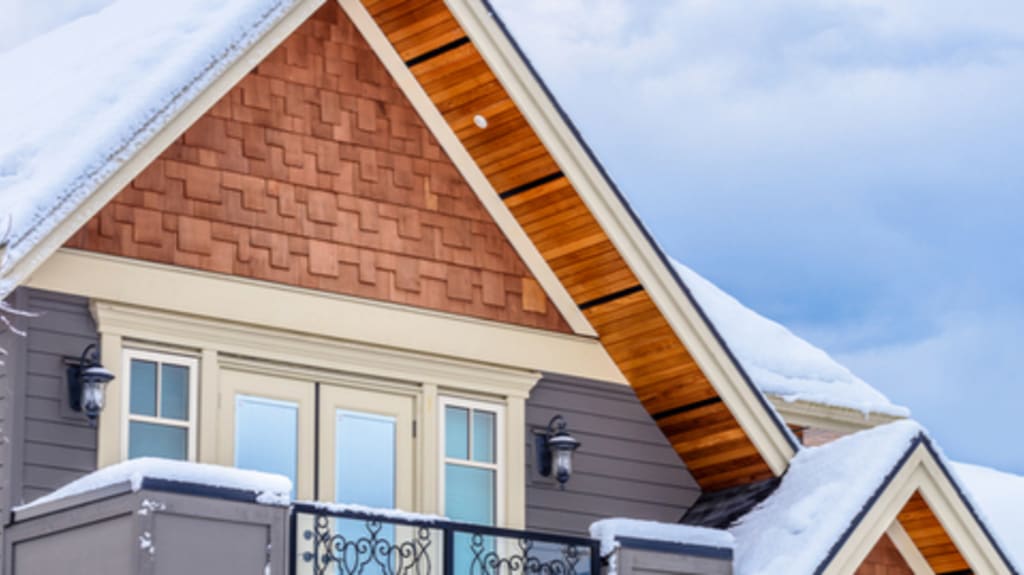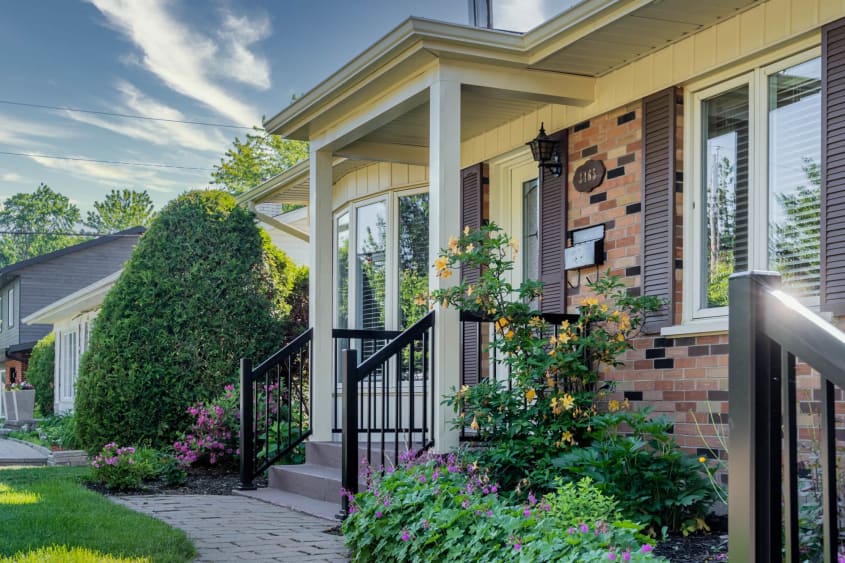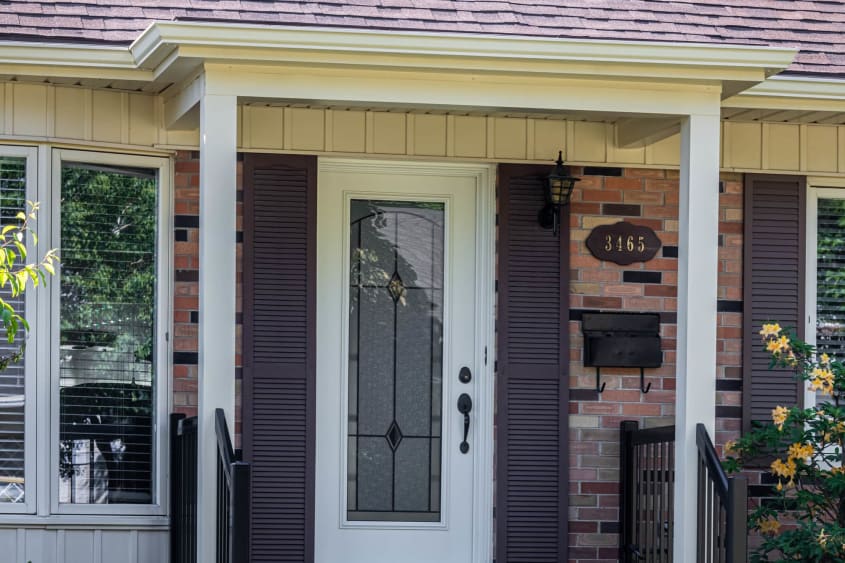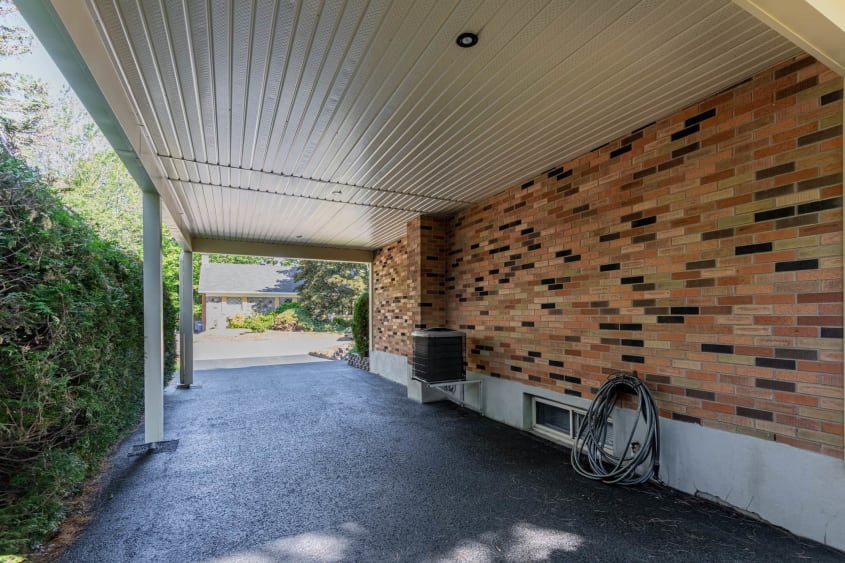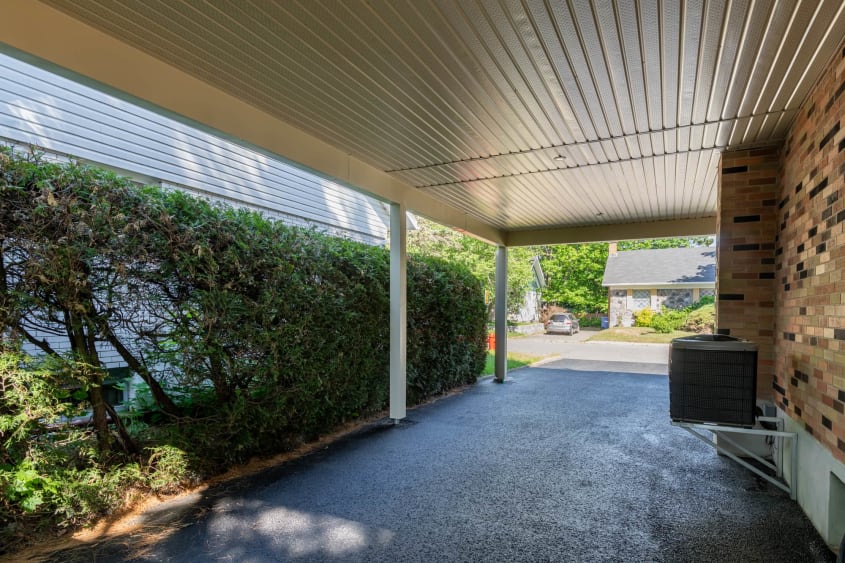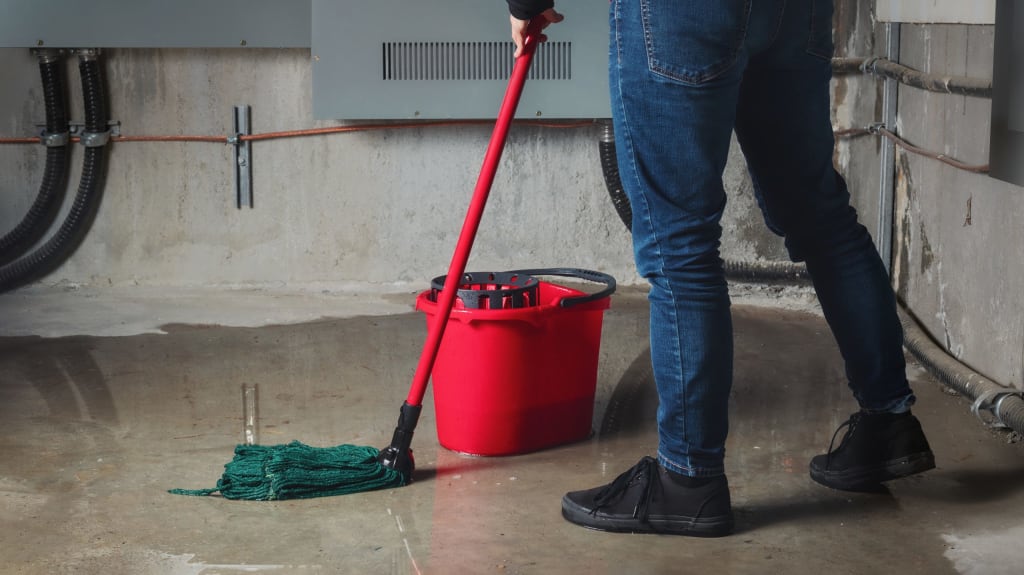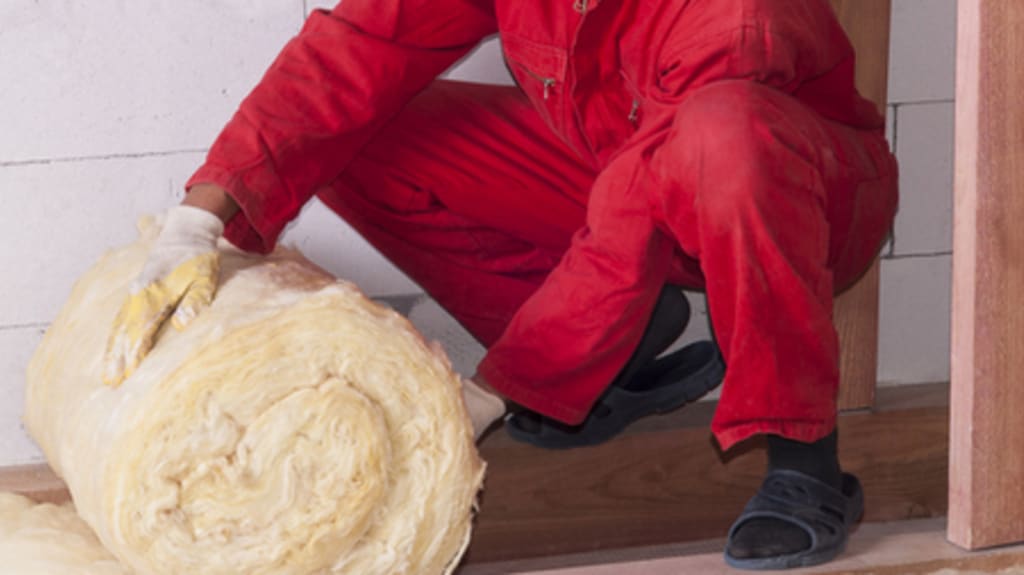The days are growing colder, sweaters and hoodies are coming out of the closet… It’s clear: winter is coming. While we’re donning our toques and putting on our winter tires, we should also get our homes ready for the ice, snow, and biting wind.
Before winter officially arrives, there are a few things that you ought to check. In this article, we’ll teach you how to take a look at your windows and doors, heating and ventilation system, roof and gutters, and exterior walls so that you can stay safe and warm throughout the season.
Windows and Doors
Windows with poor energy efficiency can really rack up your heating bills – up to 25% of the total heat within your home can be lost through them! Thankfully, the most common issues with windows are easy to detect and fix.
During a cold, windy day, run your hand along the edge of your windows. If you feel a draft, you have one of two issues: either air is seeping in through damaged window seals or the contrast between hot and cold air is causing turbulence. Both can be solved by weatherstripping your windows. Not only will it reduce air infiltration, but it’ll also lower your heating bill!
To check your entrance doors, place a piece of paper along the frame and close them. If you can remove the sheet without much difficulty, then you should replace the weatherstripping seal.
For more serious issues, like cracks or broken glass, consider replacing your windows and doors.

Heating and ventilation
Now that you’ve insulated your windows and doors, it’s time to check your heating and ventilation system. If you have electric baseboard heaters, be sure to clean them to prevent unpleasant odors when turning them on for the first time in months. And, if you have air exchangers, be sure to clean the filters on a regular basis (i.e., every three months). If your filters are washable, you can easily clean them with mild soap and warm water. If not, replace them to ensure you’re breathing clean air at home.
Looking to save even more on your energy bills? Consider upgrading old thermostats to smart thermostats and/or replacing your fossil fuel heating system with a more energy efficient heating system. Your project may even be eligible for the Canada Greener Homes Grant!
Be sure to check the batteries in your smoke and carbon monoxide detectors, as well as clean the dust out of them. Smoke detectors have a lifespan of approximately 10 years while carbon monoxide detectors have a lifespan of 5 years, making it easy to forget about them. They can save your life, so a quick audit is definitely worth it!
Finally, for all the lucky folks with a chimney, sweeping it before wintertime is essential. It shouldn’t be neglected and, in some cities, it’s even mandatory for your own safety. Some folks use chimney sweeping logs, but, unfortunately, they’re usually not enough: they only reduce a small amount of creosote. To clean your chimney effectively, consider hiring a professional chimney sweep from your local heating association. When you need to get your heating, bentilation, and air conditioning system (HVAC) repaired, find a specialized contractor through HomeExpress‘s fully online referral service.

Roofing and gutters
Since the cold winter days haven’t arrived just yet, there’s still time to prepare the outside of your home. First, you’ll want to clean your gutters – it’ll allow water to drain properly and prevent breakage. To prevent leaves and debris from accumulating during the winter, you can opt for rain guards. Make sure that your gutters are stable, too! Venturing up to the roof to repair them during the winter is not a pleasant experience.
Second, if you have a sloped roof, take the time to thoroughly inspect its shingles. Damaged shingles can lead to several problems, including water infiltration. If you find that several of them need to be replaced, seek the help of a professional roofer as you may need to replace your roof. Be sure to also check your attic for excess humidity and/or condensation, as both are signs that there may be other issues with your roofing.

Exterior walls and drainage
Take the time to check your foundation and brick walls for any obvious cracks. Water can seep into them and expand when frozen, potentially causing damage to your walls. Small cracks in your foundation can be filled with cement caulking, while small cracks in brick can be filled with mortar. However, if the cracks are rather large, make sure to contact a Verified Contractor; they can assess the situation and fix it if need be.
To avoid water accumulation, ensure that the ground around your foundation is not sagging. You can also level out uneven ground using soil. Afterwards, check your downspouts to make sure that rainwater is flowing away from your home. Extensions can be added to the spouts as needed.
Take this opportunity to verify that your French drain is working well. You’ll be able to avoid potential problems when the snow melts by taking care of any repairs now. There are several signs that can indicate that your French drain needs to be replaced.

Water pipes, trees, and more
There are a few more small things to do outside to get your home ready for winter. One that is overlooked is keeping plumbing safe during the winter to prevent pipe ruptures. Be sure to take the time to shut off the water valve and completely drain residual water out of the pipe. You can do this using the outdoor faucet and the bleeder cap.
Afterwards, take a walk around your property and examine the trees. If you see any branches that may break with the weight of snow or ice, consider removing them. It’s important because they can potentially damage your home or fall on electrical wires.
Be sure to also inspect your outdoor railings and lighting. Railings are particularly useful in winter; they provide steady support when the ground or stairs are covered in ice. If you have some, ensure that they’re sturdy enough to hold on to. For outdoor lighting, replace any burnt bulbs and ensure that your lights are bright enough for practical use. Winter months are darker; take all the precautions you can!

Car shelters
Now, for the final task: installing a car shelter. If setting one up year after year is too stressful and exhausting, consider opting for a permanent solution. A licensed contractor can help you design and build the perfect carport or garage that fits your needs!
Your home is officially ready for winter! All you need to do now is go inside and get warm and cozy.
